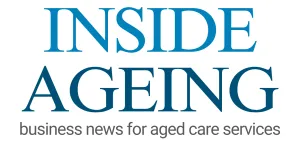The Support at Home (SaH) aged care program is poised for substantial change following the passage of the Aged Care Act 2024, with reforms designed to enhance financial sustainability while reshaping service delivery. A recent report by consultancy StewartBrown provides insight into the program’s impact on providers and consumers, highlighting opportunities and challenges ahead.
Service categorisation and consumer contributions
The SaH program introduces a new service structure, dividing offerings into three categories: Clinical, Independence, and Everyday Living. Clinical services will be fully funded by the government, while Independence and Everyday Living services will require co-contributions from consumers based on financial means, including a tiered system to accommodate pensioner and retiree statuses.
Overhauled funding model
The elimination of traditional package management fees marks a major shift. Instead, providers will receive 10% of participants’ fees for care management services, requiring significant operational adjustments to track and manage these allocations effectively.
Implications for providers
StewartBrown’s analysis warns that the changes will strain providers unless they adapt quickly. Scenario modelling shows providers would need to increase their gross service margins from 12.2% to at least 31.5% to maintain current profit levels. To achieve sustainable returns of 9.5%, margins must rise further to 36.2%.
The report highlights the risks of reduced demand for non-clinical services and increased administrative burdens. However, it also identifies opportunities to attract new consumer segments, such as self-funded retirees, due to reduced barriers from means testing.
Consumer impact

The reforms are designed to increase accessibility, particularly for part-pensioners and self-funded retirees. The tiered contribution system aims to strike a balance between affordability and ensuring consumers share in the cost of services beyond clinical care.
With the Independent Hospital and Aged Care Pricing Authority (IHACPA) set to release final service pricing in February 2025, industry stakeholders remain cautious. Providers are calling for rates that reflect the true cost of service delivery to ensure financial viability while preserving competitive market dynamics.










